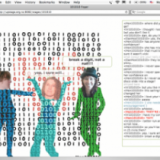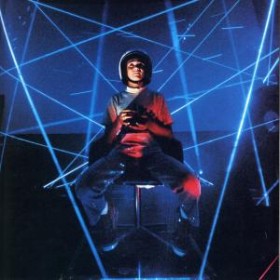No. 2 (2012): Digital Storytelling

Welcome to the second edition of Journal: Creative Technologies – an online, peer-reviewed journal for emerging and post-graduate researchers. The theme of this edition is digital storytelling. The papers in this edition are a pertinent reminder that communication and expression – of idea, experience, mood – is at the heart of human interaction with digital worlds, and each thing communicated is a facet of a larger narrative. In this age of convergence we have the ability to affect and change narratives, both as author and audience, and the authors of these papers discuss the numerous tensions inherent in various forms of engagement with digital narrative space.
Beyond the meta-text of digital story-telling, the papers that make up this issue are focused around concepts of collaboration and interaction between audience and author. They highlight to the reader that our engagement with digital spaces is at once central to many people’s day-to-day experience, and liminal, shifting, unchartered territory.
In addition, the papers explore the application of digital technologies in drawing together communities and giving them a voice though a new medium. This is discussed by Bronwen Gray and Alan Young in the context of marginalised communities and their project that helped to effect change for homeless communities in Melbourne, Australia by bringing their stories into the public sphere.
Helen Varley Jamieson and Vicki Smith write of their bespoke digital platform for hosting real time, mixed media performative works that acts as nexus for an evolving digital performance arts community. A tenet of their work is the participatory approach in which the traditional separation between maker and observer is disrupted. Jason Kennedy also engages with the troubling dialectic of author/audience – he coins the phrase viewer-user – in his discussion of the role of emotion as a kind of necessary adhesive in interactive narrative video games.
In the area of education, Maggie Buxton suggests that mixed-reality tools are earning a place in the New Zealand classroom, helping to support learning in an environment that is showing some stress-fractures in the wake of accelerating technological change. Nemane Bieldt reveals similar sorts of tensions in museums and galleries – memory institutions – that also must address the role that digitisation plays in preserving cultural records while at the same time encouraging access and facilitating alternative ways of understanding the stories they tell.
New to the journal website is a feedback function, and facebook and twitter links to CoLab, through which you can contact me or the authors and contribute your thoughts. We welcome your feedback and future participation – look out for the ‘Call for Papers’ for the next edition of the journal early in 2012.
Enjoy this second edition of Journal: Creative Technologies.
Jennie Watts
Editor





